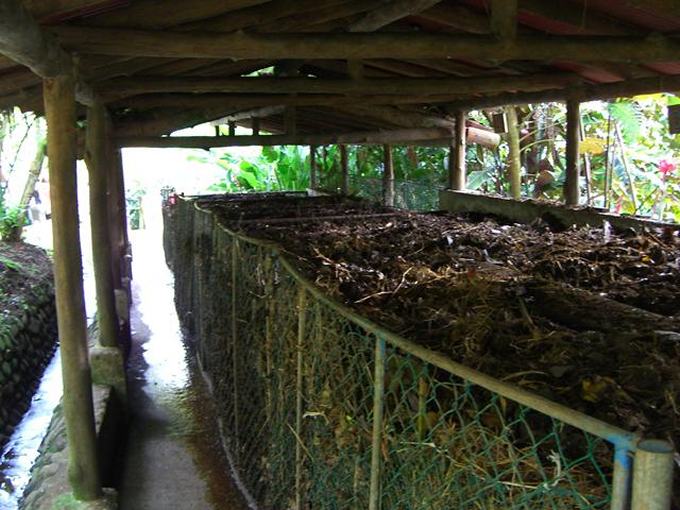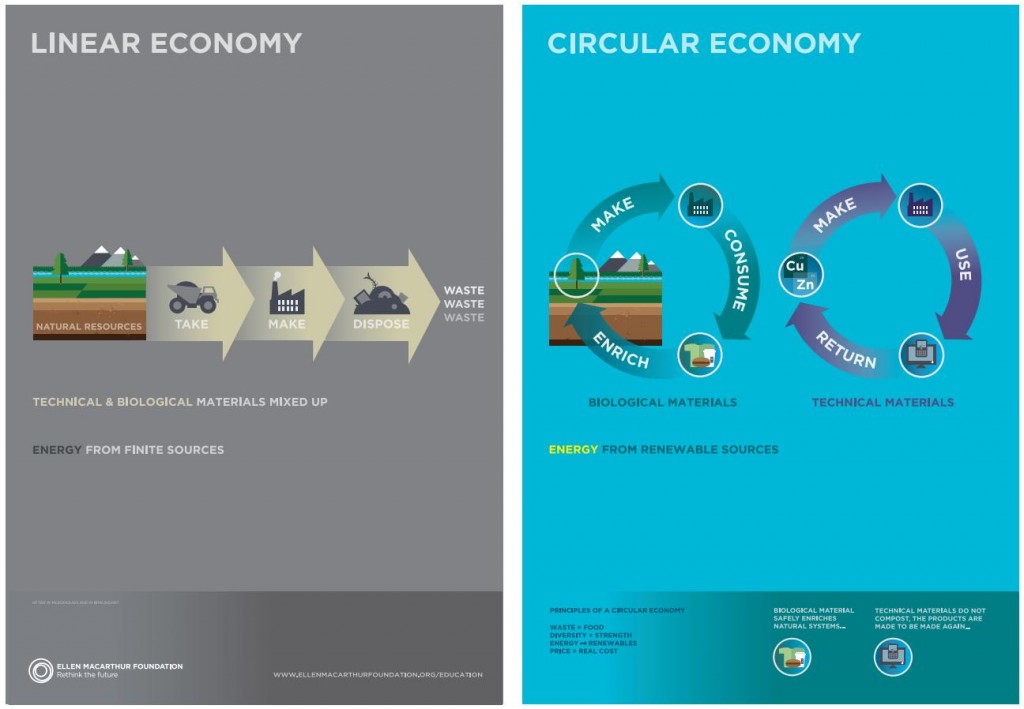Growing up, we owned a General Electric freezer purchased in the early 1960s; it lasted some 35 years, breaking down in the late 1990’s. The freezer was manufactured long before the concept of “planned obsolescence” became widespread and the “throwaway consumer society” became ubiquitous.
This past summer, IndustryTap presented concepts of “cradle to grave manufacturing,” “cradle to cradle manufacturing” and “upcycling” to describe some of the ways in which manufacturing, distribution, use and disposal of products can take place. “Cradle to grave” means the product is eventually left in the environment with no useful or a negative consequences, for example, as hazardous waste.
“Cradle to Cradle” means designing products so when they are at the end of their useful lives their components can be used for some other productive purpose that doesn’t negatively affect the environment.
“Upcycling” refers to the reuse of objects or materials that are at the stage of being discarded, but which can be turned into new products of a higher quality and value.
The following image shows the upcycling of carpet backing:
Reining in Waste And Promoting Efficiency
The new paradigm, Cradle to Cradle or C2C, is 1) to keep all materials used in the production and manufacturing of products in continuous cycles, 2) 100% renewable energy use and 3) promote diversity in products and materials used to create them.
To accomplish these ends, a new design approach is taking shape. As usual, products should be designed to provide the customer with the best possible product and experience.
Next, forethought should be given to the end of the product’s life and how it will be disassembled and 1) used by nature to replenish the earth’s resources or 2) to become part of new products. All products and/or their parts should eventually rejoin the technical cycle or the biological cycle as the following image shows:









